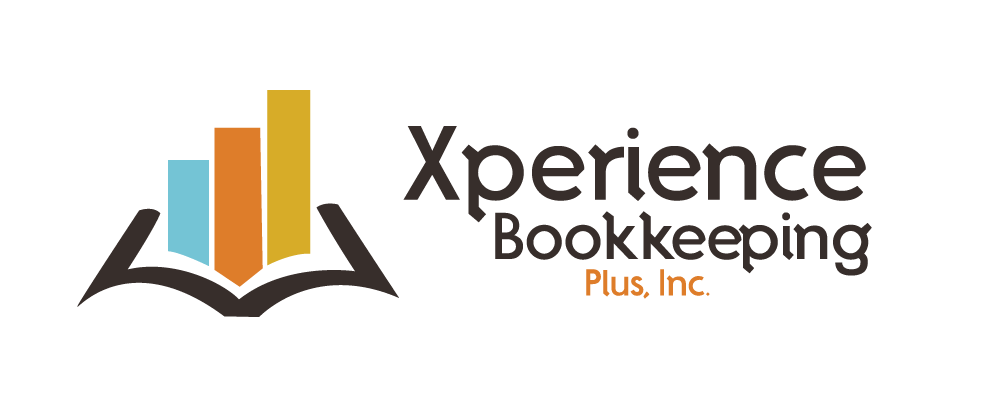6 steps to creating a budget for your small business
Creating a business budget isn’t as taxing as you might think…
Your quick guide to creating a small business budget in as little as 6 steps
The thought of creating a budget can be rather intimidating at first. But with a bit of preparation, you’ll be amazed at how easily you can put together a functional budget. Budgets are structured financial plans that require critical attention and planning. They can help you make informed decsions, track performance, and achieve your goals. To put it plainly, a budget is an estimattion of income and expenses for a specific period.
Why your business needs a budget
If you’re struggling with cash flow issues, the lack of a proper budget is most likely the culprit. The word BUDGET itself screams fear in millions of small business owners; I know it did for me. Losing control of your cash flow can spiral into a failed business. Having a realistic and well thought out budget can help you stay on a healthy financial path because it:
creates a financial roadmap for the future of your business
helps you make smart financial decisions by providing a structure for spending money in the right palces and at the right time
it helps you see financial trends with income and expenses to forecast and project future trends
alerts you when income and expenses trend upwards or downwards
keeps you in control and in the know of your business
There is good news though! Creating a small business budget isn’t complicated and these 6 steps will guide you to building a badass budget that works for you. You will have to do some homework, I promise, it’s not trigonometry, just a bit of gathering past income and expenses and light research into typical costs for your business industry within your area.
6 steps to creating a budget
Add up your total revenue sources
The first step is to know how much revenue flows into your business. It’s ideal to have at least 12 months of data, I like to do 24 months, but use what you have, whether it’s 3, 6, or 12, gather it up. The goal is to see how your revenue has changed from month-to-month and identify patterns.
Include all sources of revenue
If you reinvest your earnings from these sources back into the business, they would also be counted as income
Add up your total fixed costs
These are ongoing/recurring expenses necessary to operate the business, and don’t change much from period to period
Examples of Fixed costs are Rent, Payroll, Property taxes, insurance, utilities, and loan payments
Add up your total variable costs
These are expenses that change in proportion to your sales or outputs like commissions, shipping, credit card fees, marketing, advertising, fuel, etc. These are not ideal, but we call them “nice to have” expenses.
Lower these during your slow months/increase when there’s extra income available
Create an emergency fund
Set aside money for unanticipated expenses like vehicle equipment repairs and/or replacements
Keep adding to it on a regular basis (make this a good habit)
Do NOT account for impulse buys in this step!! This is an emergency fund, not a fun money spending account.
Have enough cash on hand to cover at least three - six months of operating expenses
Discover your moment of truth
Add up all your total revenue
Add up all your total expenses
Subtract your total fixed costs and variable costs from your total revenue
income - fixed costs - variable costs = +/- (profit/loss)
Maintain, review, and adjust your budget often
Don’t set it and forget it! This is a living document that requires constant reviews, updates, adjustments, and corrections
Make an appointment with yourself monthly to review your Budget every month end for the prior month!!
Pay attention to any shortfalls for inclement weather, economic uncertainty, or seasonal trends and plan accordingly
If you get a positive number, congratulations! You’re showing a profit. If it’s a negative number, don’t panic. Most small business don’t necessarily show a monthly profit, let a lone in the first year of operations. But, having this data gives you the information you need to make smart, informed decsions!
Ta-da! You just created your first budget and survived! Now that your badass budget is all setup and you know the Big Three (income, fixed expenses, and variable expenses), you can do quick tallies every week if you want! As you do this monthly, you will begin to recognize patterns and trends and be able to plan accordingly. You’ll discover things you should avoid, like a bad purchase, or see how well that investment is doing to consider repeating it! These steps will help you make more accurate projections for the future and save your Cash Flow!
We hope this step-by-step guide has eased your anxiety about creating a budget. Consider this your blueprint for your small business finances and take the time to build budgets that are in line with your business goals. You can build several types of budgets, specific to departments like sales budgets, HR budgets, Accounting budgets and so on.



